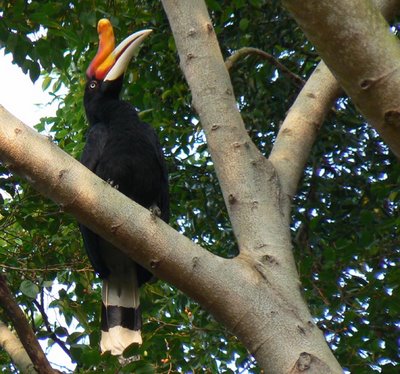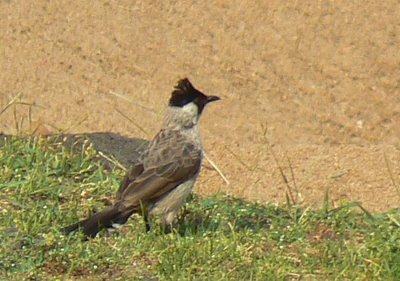Locust in Malaysia

Here where I am now, in the inner city of Bangkok, the loud morning and evening calls of the Asian Koels are the most noticeable bird activity. Even non-birders comment about it. This city seems to be too congested and too chaotic for most birds to exist here, even though the hotel gardens are well-watered and leafy. So... I am still enjoying the memory of things I saw in Penang, Malaysia, a few days ago, such as this three-inch-long Locust that landed on a drain pipe beside me. I don't know his name, but he deserves one as colorful as he is.















